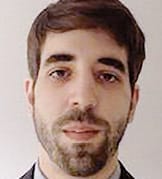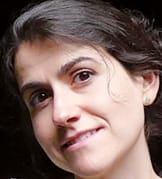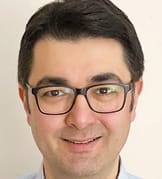Healthcare Transforming with 5G Wireless Tech
The advent of advanced mobile sensing and data processing technologies is a major driver in the transformation of many verticals including the healthcare sector. This shift is further accelerated due to societal changes including ageing populations and increasing global healthcare expenditures.
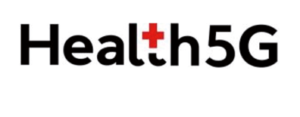
The three-year CELTIC project Health5G ran from 2019 to 2021, and it successfully aimed to discover healthcare scenarios that could bank on technological advancements especially in 5G mobile technologies.
Eureka Clusters like CELTIC-NEXT traditionally support high technology readiness level (TRL) outcomes. Obtaining results with a successful technology-market fit was ensured by the diverse skillsets of the 26 partners from 6 countries.
Approach
There can be a multitude of scenarios in healthcare. The project team started out by splitting all potential scenarios into three groups:
1. Healthcare at hospital: Advancements in sensing, connectivity, and AI lead to improvements in existing hospital-based patient treatments, resulting in more accurate, personalised, and trackable treatments for patients. Here, we worked on several interesting hospital use case scenarios.
2. Healthcare at home: Technological developments and ageing populations are enabling all patients, especially the elderly and the vulnerable, to be taken care of – not only at hospitals, but also at the comfort of their homes. In Health5G, we addressed this set of scenarios under what we called ‘Healthcare at home’.
3. Emergency healthcare: Ubiquitous connectivity and improved sensing & AI technologies were used in emergency scenarios to improve impacts of first aid and reduce fatalities. The results were studied in Health5G under emergency scenarios.
Such a discrete and upfront split provided a more systematic way by generating unique focal points to the consortium partners. Consequently, all the undertaken work would fit into one of the three categories of healthcare, whereby the pilots would also be designed accordingly.
These scenarios were considered with three different priorities in mind, the three pillars:
1. Patient healthcare: Medical centres and scenarios in which healthcare service is given and/or where healthcare workers are.
2. 5G wireless technology: The combination of several technological layers that leads to a commercial 5G signal, making the services available anywhere at any time to anyone.
3. Healthcare technologies: All the tech companies and researchers that do not necessarily provide healthcare but are the cogs in the healthcare machine, as they provide the underlying applications, data management, and security & privacy technologies.
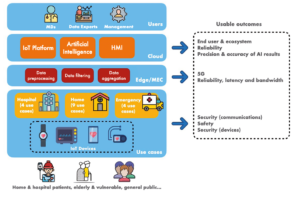
Illustration of the Health5G conceptual architecture
Achieved results
Typical CELTIC projects deliver results close to market. Hence, creating use cases with a storyline supported by partners in a meaningful value chain was considered key to success. Indeed, Health5G concluded with six country pilots and a seventh demo on the overarching topic of cybersecurity:
› Swedish Country Pilot: Patient Home Care – Integrated Swedish Demonstration
› German Country Pilot: Zero Touch Infrastructure Orchestration for Emergency Services
› Korean Country Pilot: Wireless Patient Monitoring Inside Hospitals
› Turkish Country Pilot: Healthcare at Hospital and at Home
› Spanish Country Pilot: Gait Monitoring System and Automatic Deployer by Experis
› Irish Country Pilot: Wearable Video from Paramedic to Hospital
› Cybersecurity Pilot: Sirena – Security and Cybersecurity Tool
With the addition of smaller scale PoC demonstrations, the project generated 34 public demo videos.
On the exploitation front, Health5G outcomes already started turning into further R&I projects, postgraduate subjects, field trials, or in some cases purchase orders. As for dissemination, the statistics reveal 67 journal and conference papers, 10 conference, session or track organisations, 37 stakeholder value workshops, 2 standardisation contributions, and 5 press releases. So far as standardisation goes, the main emphasis was on compliance. Standards for wireless technologies (5G), security & privacy, and medical devices were carefully studied and understood by the consortium. Of secondary priority, contribution to standards was a topic where preparations were completed for proposing changes to the O-RAN standard.
Conclusion and outlook
During Healht5G, the consortium took valuable steps to reap rewards of 5G wireless technologies and advanced medical applications that rely on ubiquitous sensing and computing. A careful analysis of the needs of patients and healthcare providers will help pave the way for healthcare services of the future.
› Further information
Healht5G project website – https://health5g.eu
